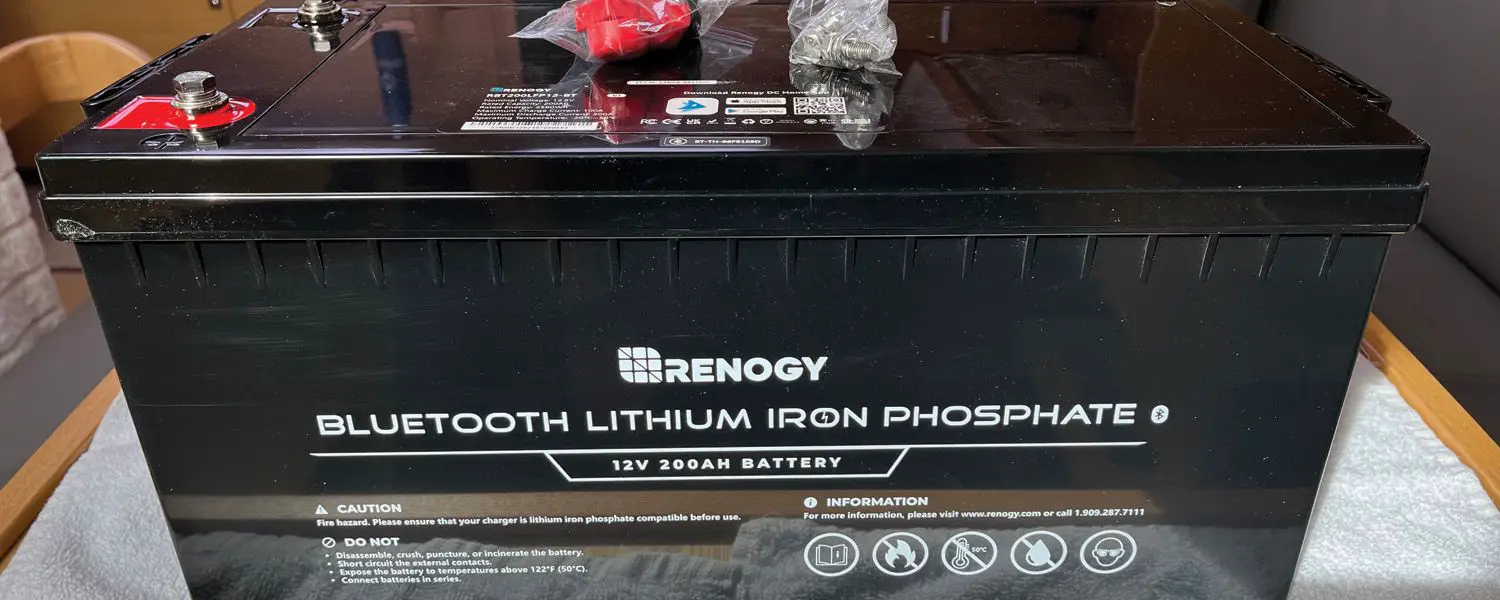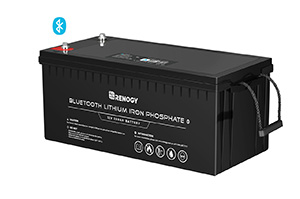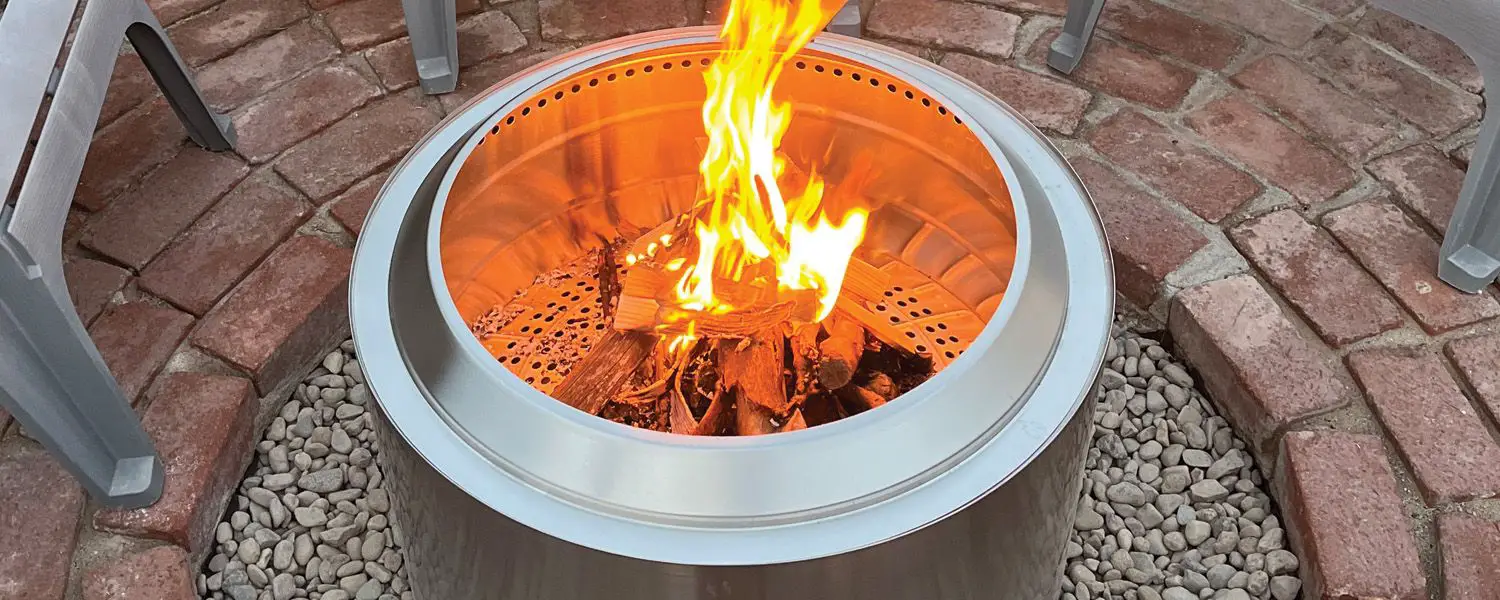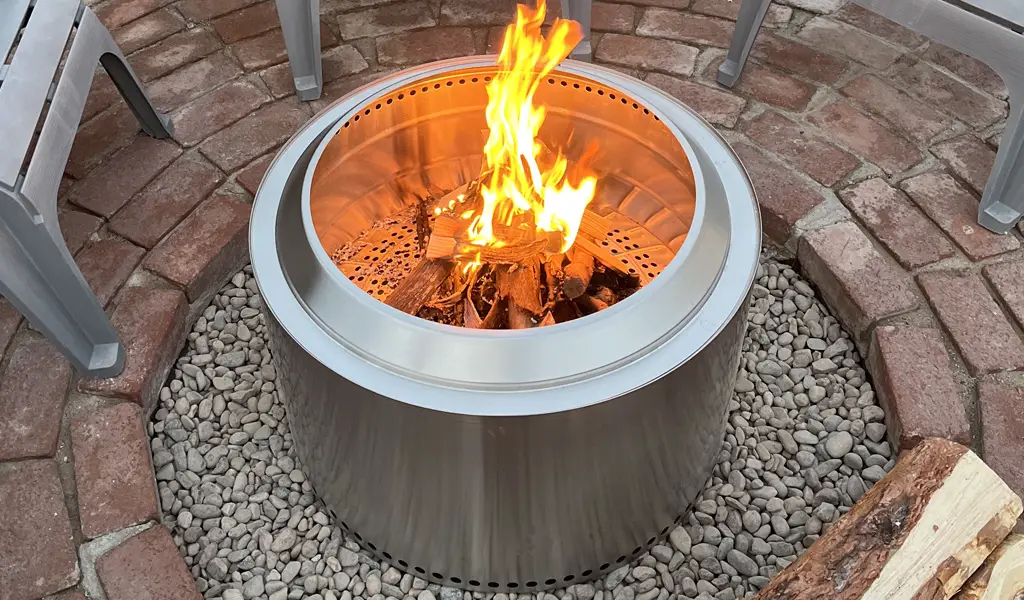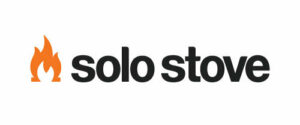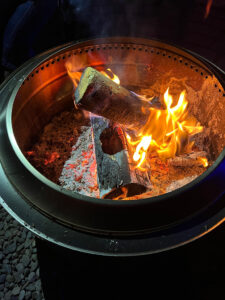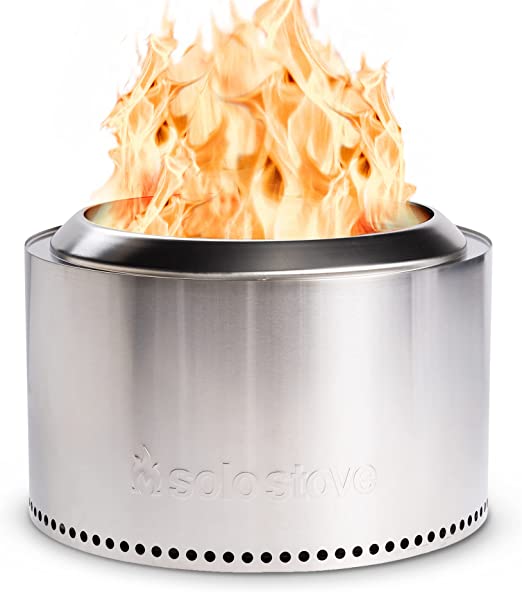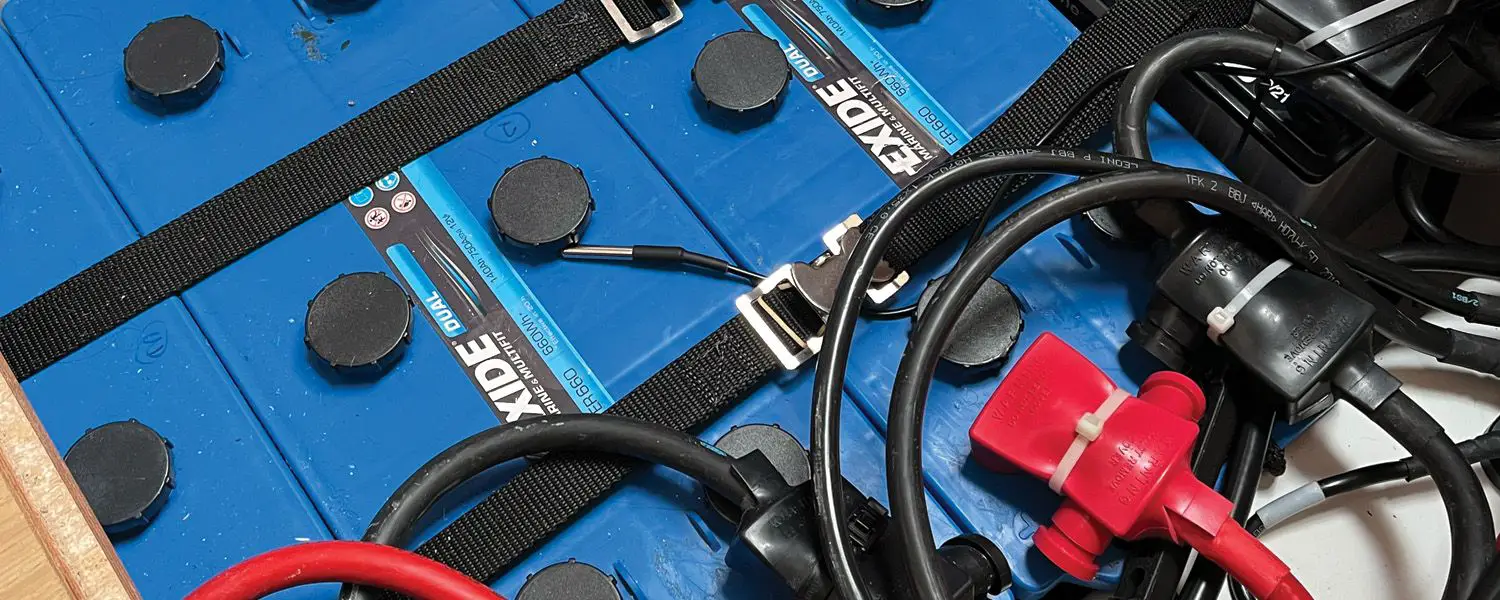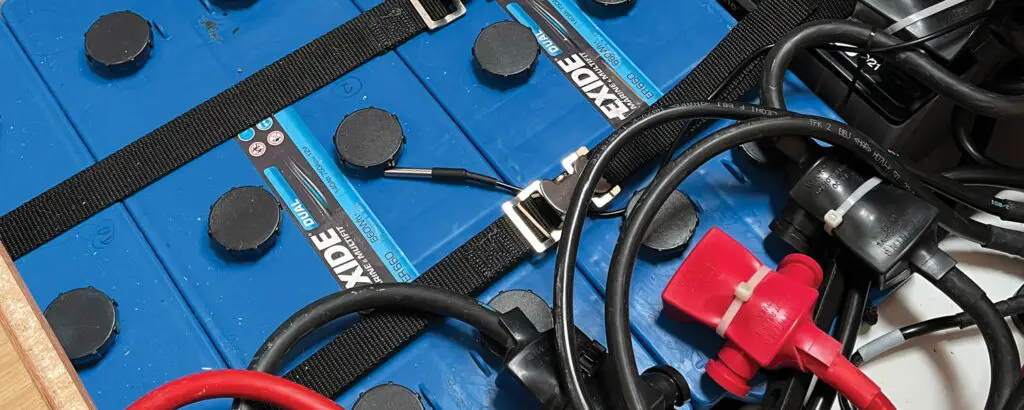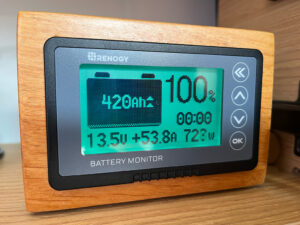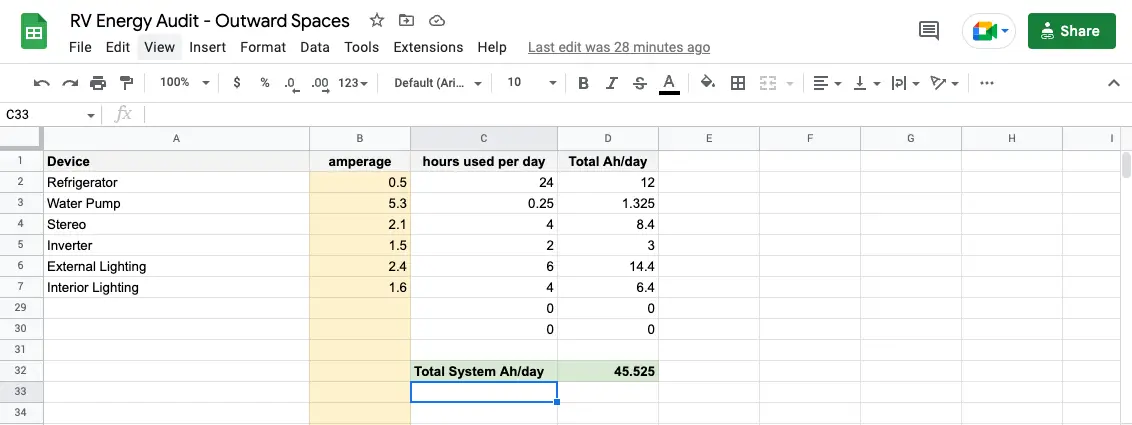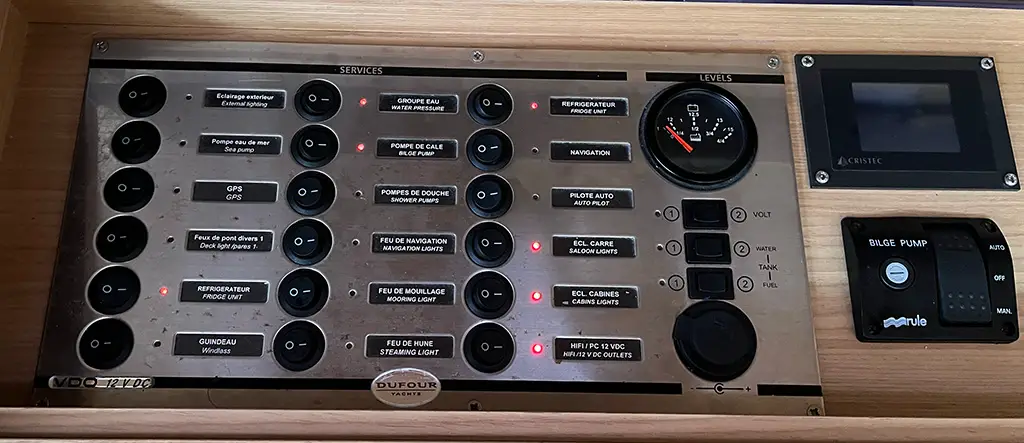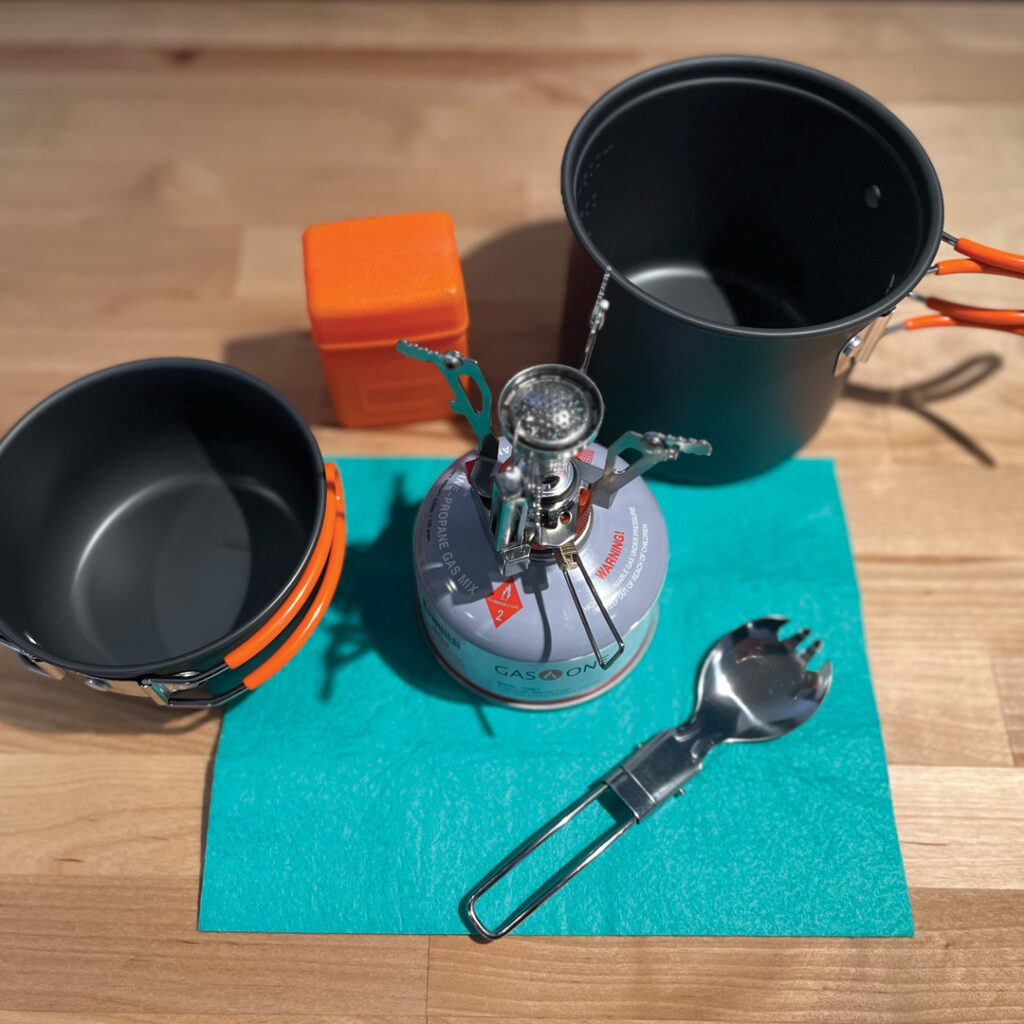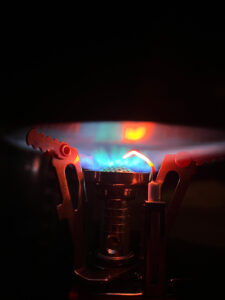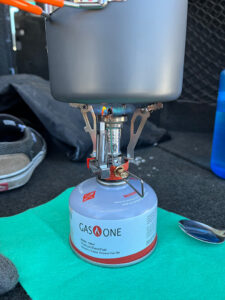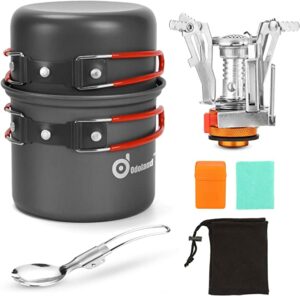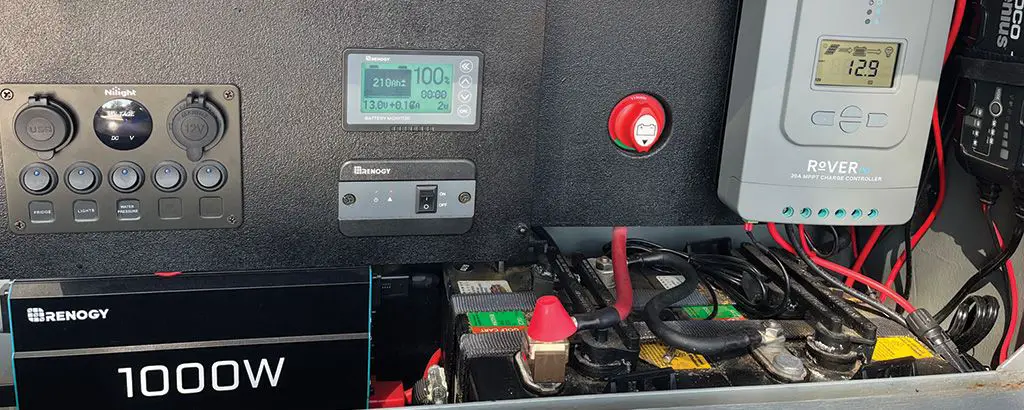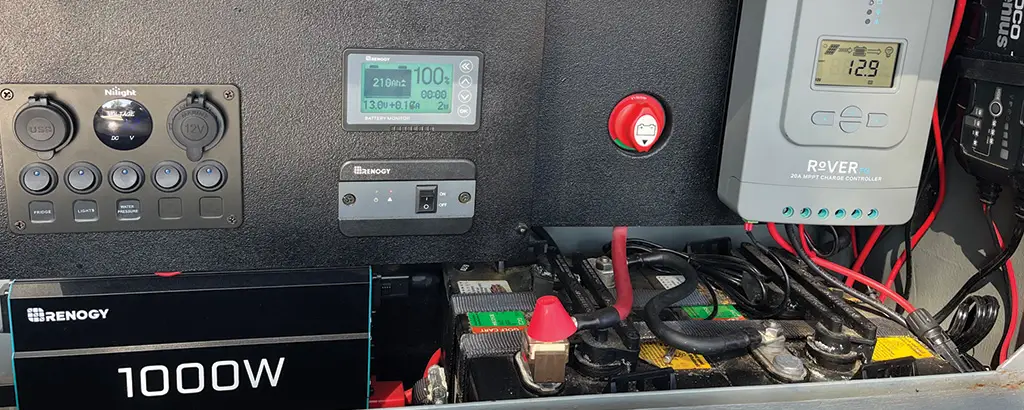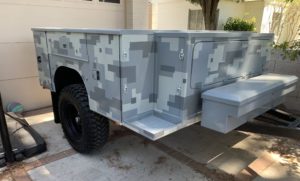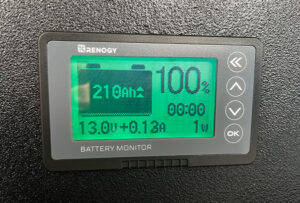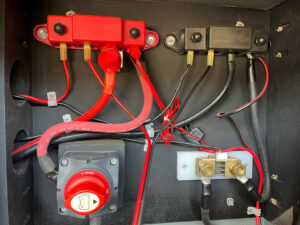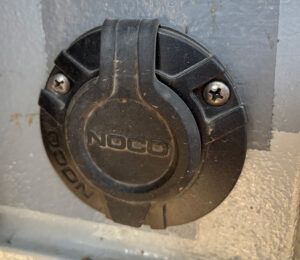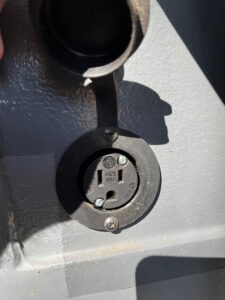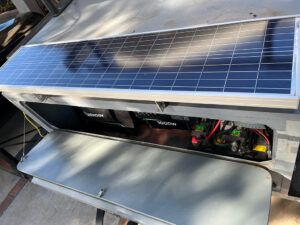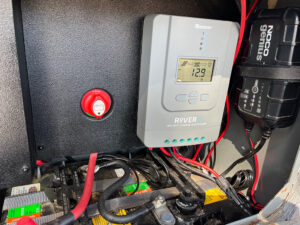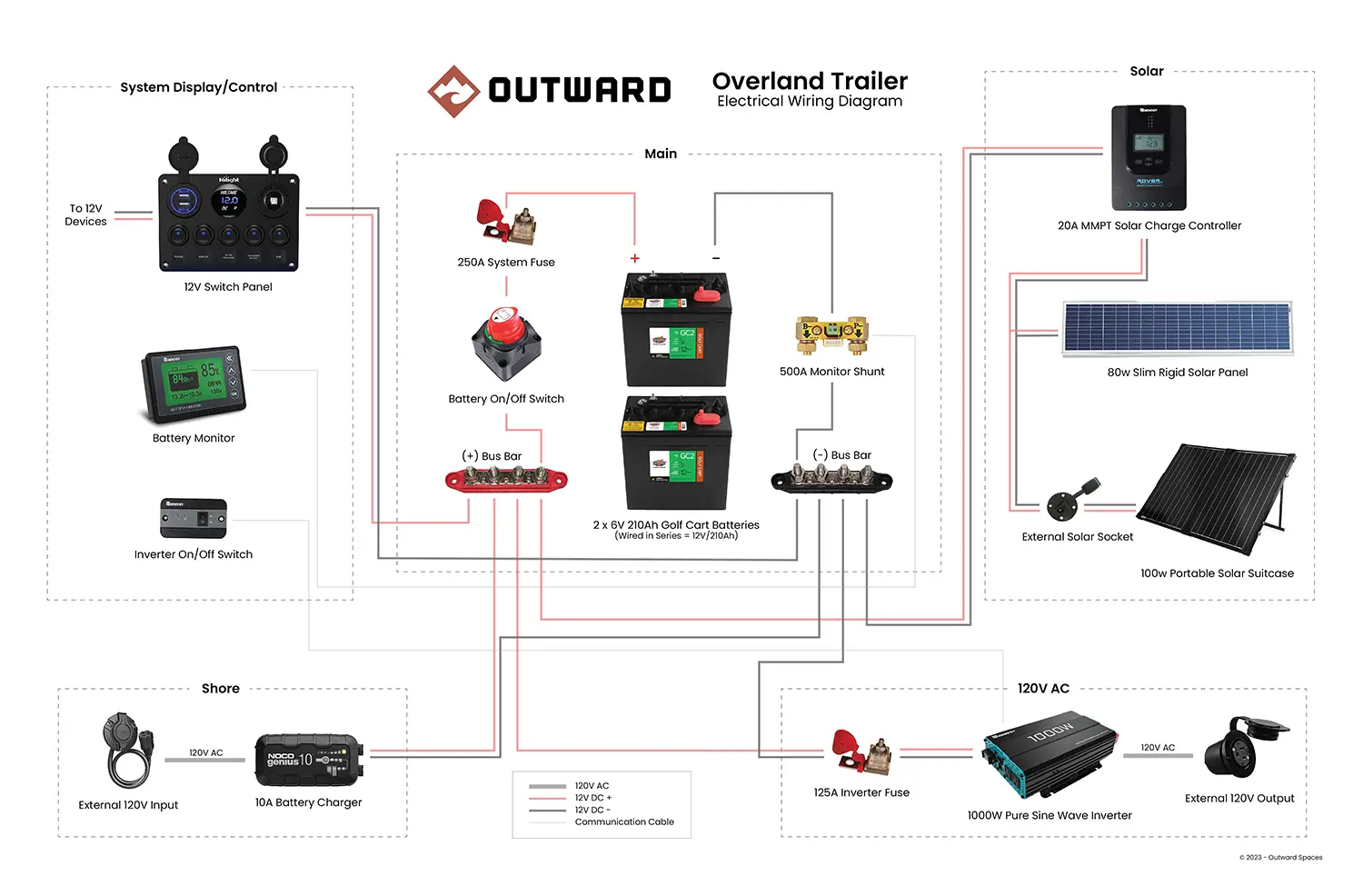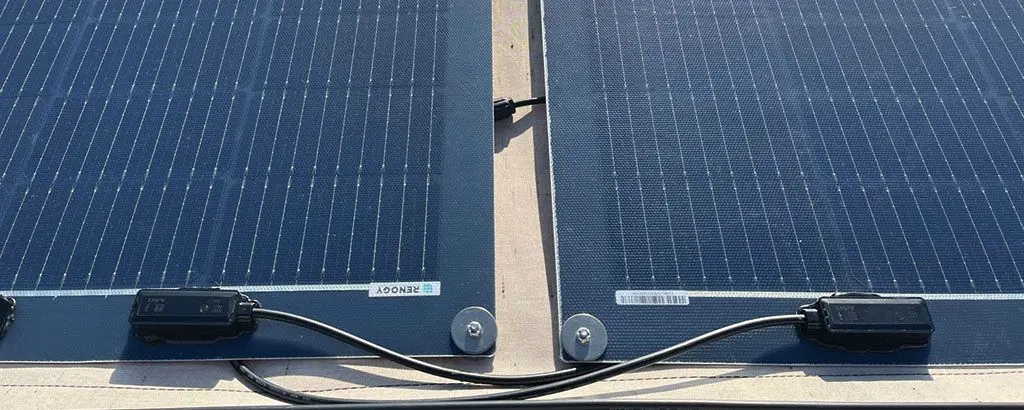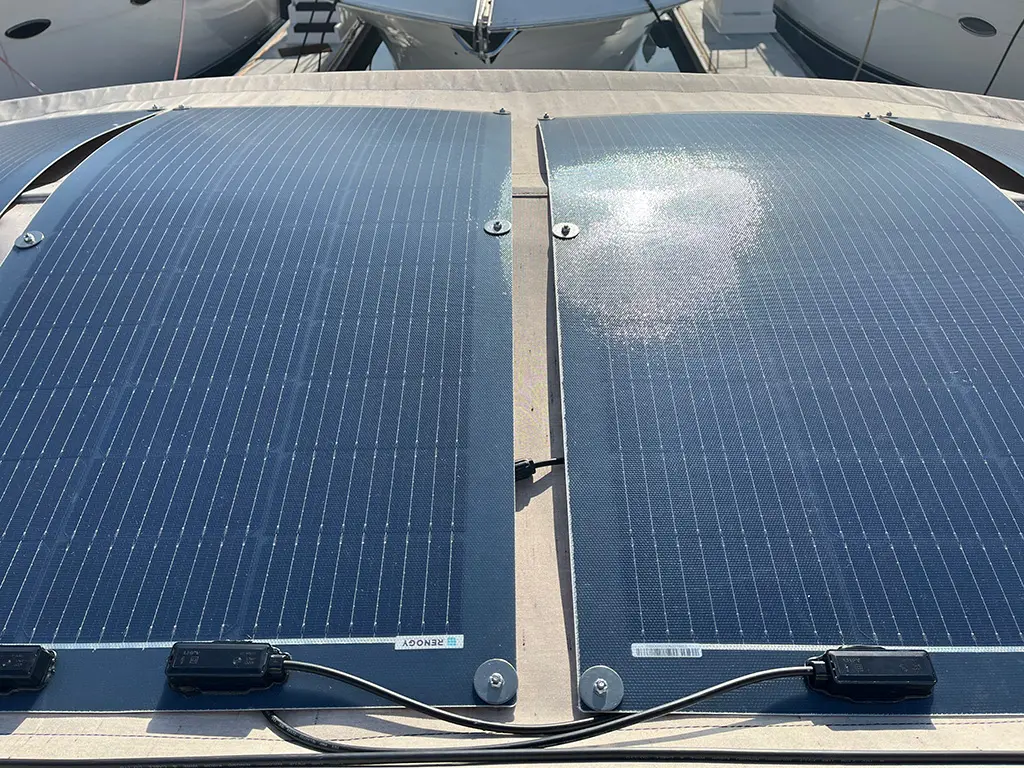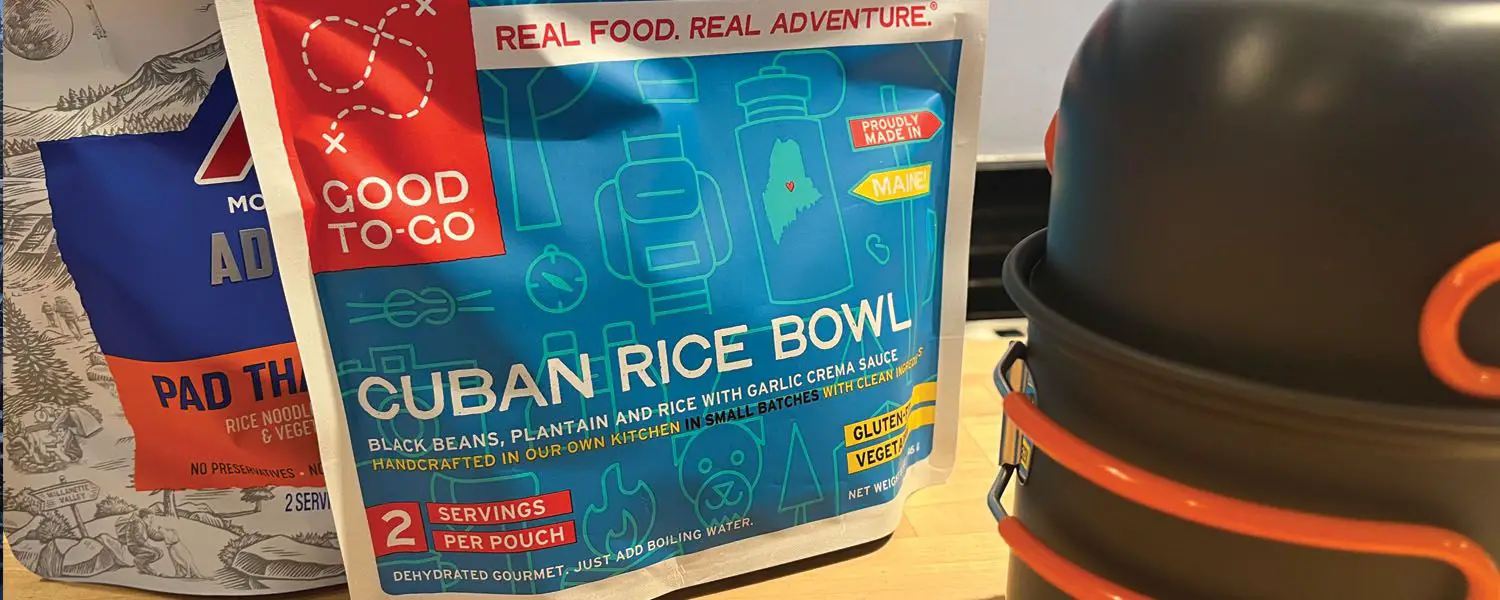Renogy’s Lithium Iron Phosphate Battery with Bluetooth: A Game-Changer for RV and Marine Enthusiasts
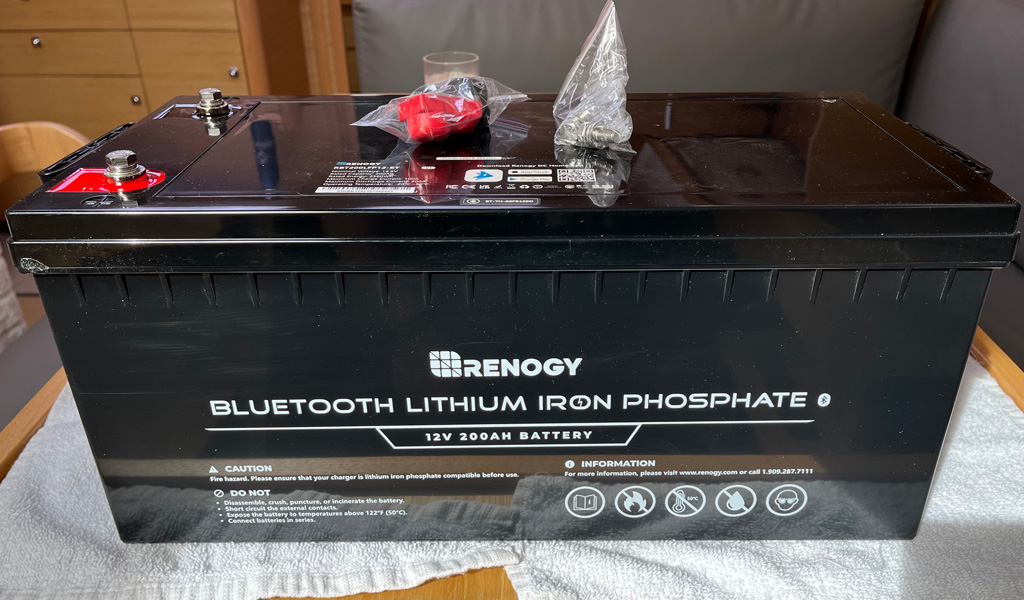
Renogy’s Lithium Iron Phosphate Battery with Bluetooth is a game-changer for RV and marine enthusiasts who need a reliable power source for their off-grid adventures. This innovative battery not only offers the benefits of lithium-ion technology, such as lightweight design and high cycle count, but also includes a built-in Bluetooth module for remote monitoring and control.
In this article, we’ll explore the features and benefits of Renogy’s 12V 200Ah Lithium Iron Phosphate Battery, as well as how Bluetooth connectivity enhances the user experience. We will also look at real-life examples of the battery in action and compare it to other competing products and technologies. Finally, we will answer the question: Is Renogy’s Lithium Iron Phosphate Battery with Bluetooth worth the investment? Whether you’re a full-time RV adventurer or a weekend boater, this blog will help you make an informed decision about the best power source for your needs.
Benefits of Lithium Iron Phosphate Battery for RV and Marine Use
Renogy’s Lithium Iron Phosphate Battery is an excellent choice for RV and marine enthusiasts who need a reliable and efficient power source. Here are some of the key benefits of this battery:
- Lighter weight and more compact size compared to lead-acid batteries – Lithium-ion batteries are up to 60% lighter than lead-acid batteries, making them easier to transport and install. – Lithium-ion batteries are also more compact, allowing for greater flexibility in placement and space utilization.
- Longer lifespan and higher cycle count – Renogy’s Lithium Iron Phosphate Battery can last up to 10 years or 4,000 cycles, compared to lead-acid batteries, which typically last 2-3 years or 300-500 cycles. – This longer lifespan means that RV and marine enthusiasts can save money in the long run by avoiding frequent battery replacements.
- Faster charging and more efficient power output – Lithium-ion batteries can charge up to 4 times faster than lead-acid batteries, allowing for quicker recharging times and less time spent waiting for the battery to charge. – Lithium-ion batteries also have a higher energy density, meaning they can provide more power output per unit of weight or volume.
Overall, the benefits of Renogy’s Lithium Iron Phosphate Battery for RV and marine use include greater portability, longer lifespan, faster charging, and more efficient power output. By choosing this battery, RV and marine enthusiasts can enjoy more time off-grid without having to worry about their power source.
Features of Renogy’s 12V 200Ah Lithium Iron Phosphate Battery
Renogy’s 12V 200Ah Lithium Iron Phosphate Battery is a top-of-the-line power source for RV and marine enthusiasts. Here are some of the key features of this battery:
Battery capacity and voltage
The 12V 200Ah capacity provides ample power for most RV and marine applications. – The 12V voltage is compatible with most standard RV and marine electrical systems.
Built-in Bluetooth module for remote monitoring and control
Renogy’s Lithium Iron Phosphate Battery comes with a built-in Bluetooth module that allows for remote monitoring and control of the battery’s status and performance. – Users can download the Renogy app to their smartphones or tablets and easily track the battery’s charge level, voltage, temperature, and other parameters. – The app also allows users to control the power output and charging settings of the battery, making it easy to optimize the battery’s performance for different applications.
BMS (Battery Management System) for safety and optimal performance
Renogy’s Lithium Iron Phosphate Battery includes a sophisticated Battery Management System (BMS) that ensures safe and optimal performance. – The BMS monitors the battery’s temperature, voltage, and current, and protects the battery against overcharging, overdischarging, short circuits, and other hazards. – The BMS also balances the cell voltage to ensure that each cell is operating at the same level, which helps to prolong the battery’s lifespan.
Temperature control and protection
Renogy’s Lithium Iron Phosphate Battery includes a temperature sensor that monitors the battery’s temperature and adjusts the charging and discharging settings accordingly. – The battery is designed to operate within a wide temperature range, from -4°F to 140°F (-20°C to 60°C), making it suitable for use in a variety of environments. – The battery also includes a thermal fuse that provides an additional layer of protection against overheating.
Overall, the features of Renogy’s Lithium Iron Phosphate Battery make it a safe, reliable, and high-performance power source for RV and marine enthusiasts. The built-in Bluetooth module and Battery Management System provide advanced monitoring and control capabilities, while the temperature control and protection features ensure safe and optimal performance in a range of environments.
How Bluetooth Connectivity Enhances the User Experience
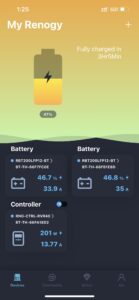
One of the standout features of Renogy’s Lithium Iron Phosphate Battery is the built-in Bluetooth module, which allows for remote monitoring and control via a smartphone or tablet. Here are some of the ways Bluetooth connectivity enhances the user experience:
Real-time monitoring of battery status and performance
With the Renogy app, users can easily monitor the battery’s charge level, voltage, temperature, and other parameters in real-time. – This allows users to keep track of their power usage and adjust their behavior as needed to optimize battery life.
Remote control of power output and charging settings
The Renogy app also allows users to adjust the power output and charging settings of the battery remotely. – This is especially useful for RV and marine enthusiasts who need to optimize their power usage for different applications, such as running appliances or charging electronics.
Alerts and notifications for battery health and performance
The Renogy app can send alerts and notifications to users when the battery is nearing its maximum or minimum charge level, or when there is a problem with the battery’s performance. – This allows users to take action quickly and avoid damaging the battery or compromising their power supply.
User-friendly interface and easy setup
The Renogy app is user-friendly and easy to set up, even for those who are not tech-savvy. – The app provides clear and intuitive displays of battery status and performance, making it easy to understand and use.
Overall, Bluetooth connectivity enhances the user experience of Renogy’s Lithium Iron Phosphate Battery by providing advanced monitoring and control capabilities that make it easy to optimize battery performance and avoid problems. By using the Renogy app, RV and marine enthusiasts can stay on top of their power usage and enjoy a worry-free off-grid experience.
Examples of Renogy’s Lithium Iron Phosphate Battery in Action
To better understand the capabilities of Renogy’s Lithium Iron Phosphate Battery with Bluetooth, let’s take a look at some potential examples of the battery in action.
RV Living
John and Jane are full-time RVers who rely on their Renogy Lithium Iron Phosphate Battery to power their home on wheels. – They use the Renogy app to monitor their battery’s charge level and adjust their power usage accordingly. – With the battery’s long lifespan and high capacity, they can enjoy extended off-grid stays without worrying about running out of power.
Marine Adventures
Tom and Susan are avid boaters who love exploring remote coves and anchorages. – They rely on their Renogy Lithium Iron Phosphate Battery to power their onboard electronics and appliances, such as lights, refrigerators, and navigation systems. – The battery’s Bluetooth connectivity allows them to monitor their power usage and optimize their charging settings to maximize their time on the water.
Off-Grid Living
Mark and Sarah live in a remote cabin in the mountains, far from the nearest power grid. – They use their Renogy Lithium Iron Phosphate Battery to power their home’s electrical system, which includes lights, appliances, and a solar panel array. – With the battery’s advanced monitoring and control capabilities, they can manage their power usage efficiently and avoid damaging the battery.
These case studies demonstrate the versatility and reliability of Renogy’s Lithium Iron Phosphate Battery in a variety of off-grid scenarios. Whether living in an RV, exploring the open sea, or living off the grid in a remote location, Renogy’s battery provides a safe, reliable, and high-performance power source that can be easily monitored and controlled via Bluetooth connectivity.
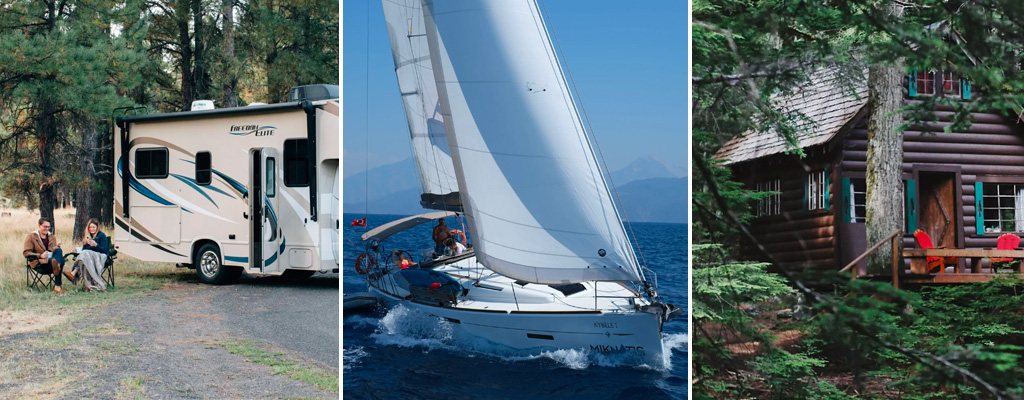
Comparison with Competing Products and Technologies
While Renogy’s Lithium Iron Phosphate Battery with Bluetooth is a standout product in the RV and marine battery market, it’s important to compare it to other competing products and technologies to understand its strengths and weaknesses.
Lead-Acid Batteries
Lead-acid batteries have been the standard battery technology for RV and marine use for many years. – While they are relatively cheap and easy to find, they have several drawbacks compared to lithium iron phosphate batteries. – Lead-acid batteries are heavier and bulkier than lithium batteries, making them more difficult to install and transport. – They also have a shorter lifespan and require more maintenance, including regular equalization and watering.
Lithium Cobalt Oxide Batteries
Lithium cobalt oxide batteries are a type of lithium-ion battery that are commonly used in consumer electronics like smartphones and laptops. – While they are lighter and have a higher energy density than lead-acid batteries, they are less suitable for RV and marine use due to their lower lifespan and safety risks. – Lithium cobalt oxide batteries are more prone to overheating and thermal runaway, which can lead to fires or explosions.
Other Lithium Iron Phosphate Batteries
While there are several other lithium iron phosphate batteries on the market, Renogy’s battery stands out for its Bluetooth connectivity and advanced monitoring and control capabilities. – Other lithium iron phosphate batteries may be cheaper or have a higher capacity, but they lack the user-friendly interface and remote control features of Renogy’s battery.
Overall, Renogy’s Lithium Iron Phosphate Battery with Bluetooth stands out from its competitors for its advanced features, safety, and reliability. While it may be slightly more expensive than other battery technologies, its long lifespan and ease of use make it a worthwhile investment for RV and marine enthusiasts who prioritize performance and convenience.
Is Renogy’s Lithium Iron Phosphate Battery with Bluetooth Worth the Investment?
After exploring the benefits, features, real-life examples, and comparisons of Renogy’s Lithium Iron Phosphate Battery with Bluetooth, the question remains: is it worth the investment for RV and marine enthusiasts?
The answer is a resounding yes. Renogy’s battery is a game-changer for off-grid living, providing a reliable and efficient power source that is easy to monitor and control via Bluetooth connectivity. Its long lifespan, high capacity, and safety features make it a superior choice to traditional lead-acid batteries and other lithium-ion technologies.
While Renogy’s battery may be slightly more expensive than other battery options, its advanced features and user-friendly interface justify the investment for those who prioritize performance and convenience. Plus, its Bluetooth connectivity and monitoring capabilities can save users money in the long run by optimizing power usage and extending the life of the battery.
In conclusion, Renogy’s Lithium Iron Phosphate Battery with Bluetooth is a highly recommended investment for RV and marine enthusiasts who want to enjoy the freedom of off-grid living without sacrificing performance or safety.
